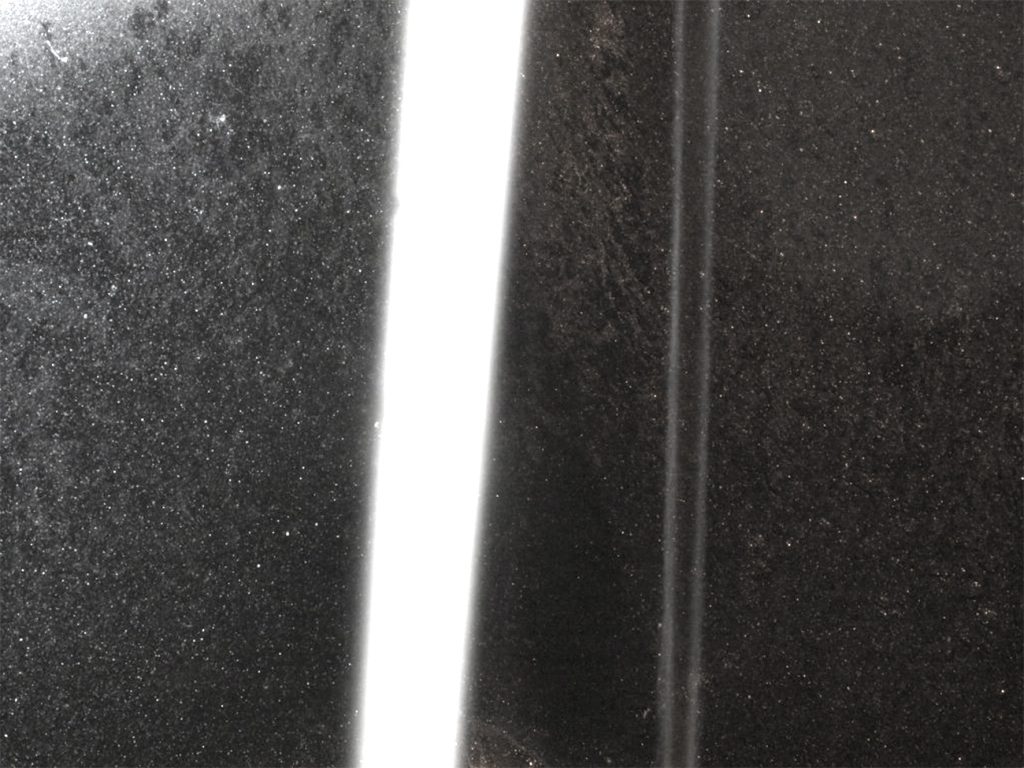Get Wet // Abby Rinerson
Categories
Search for content or authors
Flow Vis Guidebook
- Introduction to the Guidebook
- Overview 1: Phenomena. Why Does It Look Like That?
- Overview 2: Visualization Techniques
- Overview 3: Lighting
- Overview 4 - Photography A: Composition and Studio Workflow
- Overview 4 - Photography B: Cameras
- Overview 4 - Photography C: Lenses - Focal Length
- Overview 4 - Photography C: Lenses - Aperture and DOF
- Overview 4: Photography D: Exposure
- Overview 4 - Photography E - Resolution
- Overview 5 - Post-Processing
- Clouds 1: Names
- Clouds 2: Why Are There Clouds? Lift Mechanism 1: Instability
- Clouds 3: Skew - T and Instability
- Clouds 4: Clouds in Unstable Atmosphere
- Clouds 5: Lift Mechanism 2 - Orographics
- Clouds 6: Lift Mechanism 3 - Weather Systems
- Boundary Techniques - Introduction
- Dye Techniques 1 - Do Not Disturb
- Dye Techniques 2 - High Visibility
- Dye Techniques 3 - Light Emitting Fluids
- Refractive Index Techniques 1: Liquid Surfaces
- Refractive Index Techniques 2: Shadowgraphy and Schlieren
- Particles 1- Physics: Flow and Light
- Particles 2: Aerosols
- Particles 3: In Water
- Particles 4 -Dilute Particle Techniques
- Art and Science
- TOC and Zotpress test
- Photons, Wavelength and Color

21 Comments. Leave new
What are the particles that are visible in the background?
That is the texture of the sink.
What is the picture of? Very interesting and abstract.
I like the vintage feel of this photo. The fluid on the left look like it is illuminating which is also really appealing
Great use of long exposure to show the overall particles of laminar vs. turbulent flow of water!
I like the contrast.
I would try to make the background less grainy.
Neat idea to show both laminar and turbulent flow in the same picture. What do you think of the angle of the turbulent flow? Would you consider making the flows parallel to each other?
I love how you are exposing both laminar and turbulent flow in one picture. I love the “noise” in the background, even though it’s just a sink, they look like the water splashes.
Very cool visualization! What background did you use and why?
I think the long exposure was a really unique way to show the laminar + turbulent flow. I’d be sure to explain in your writeup that the turbulent flow is a lot brighter and thinker (and not really turbulent looking) because of the long exposure.
I think this image has alot of potential. I think it would be really cool to see the laminar and turbulent flow at a faster speed instead of a long exposure.
Interesting image showing both types of flow, laminar and turbulent. I like how it’s just a black and white type of image.
I think that this image does a good job of displaying the difference between the flow regimes, but I feel that the laminar flow is kind of hidden because of the dominance of the turbulence.
I am curious as to what this would have looked like if it wasn’t a long exposure
I love the idea behind this. Doing long exposure really shows the disturbance and randomness of turbulent flow and the stillness of the laminar flow. This is great way to visualize the difference between Reynolds numbers!
Was this shot in black and white? I like that the laminar flow looks like a shadow or phantom behind the turbulent flow.
Good idea on the exposure. It’s cool to see the difference between the laminar flow versus the turbulent flow.
I like the use of a long exposure to capture both flows. Well done
I like your choice of using black and white, it puts more focus on the laminar vs turbulent.
This has a very astral feel to it I like it. It is very effective.